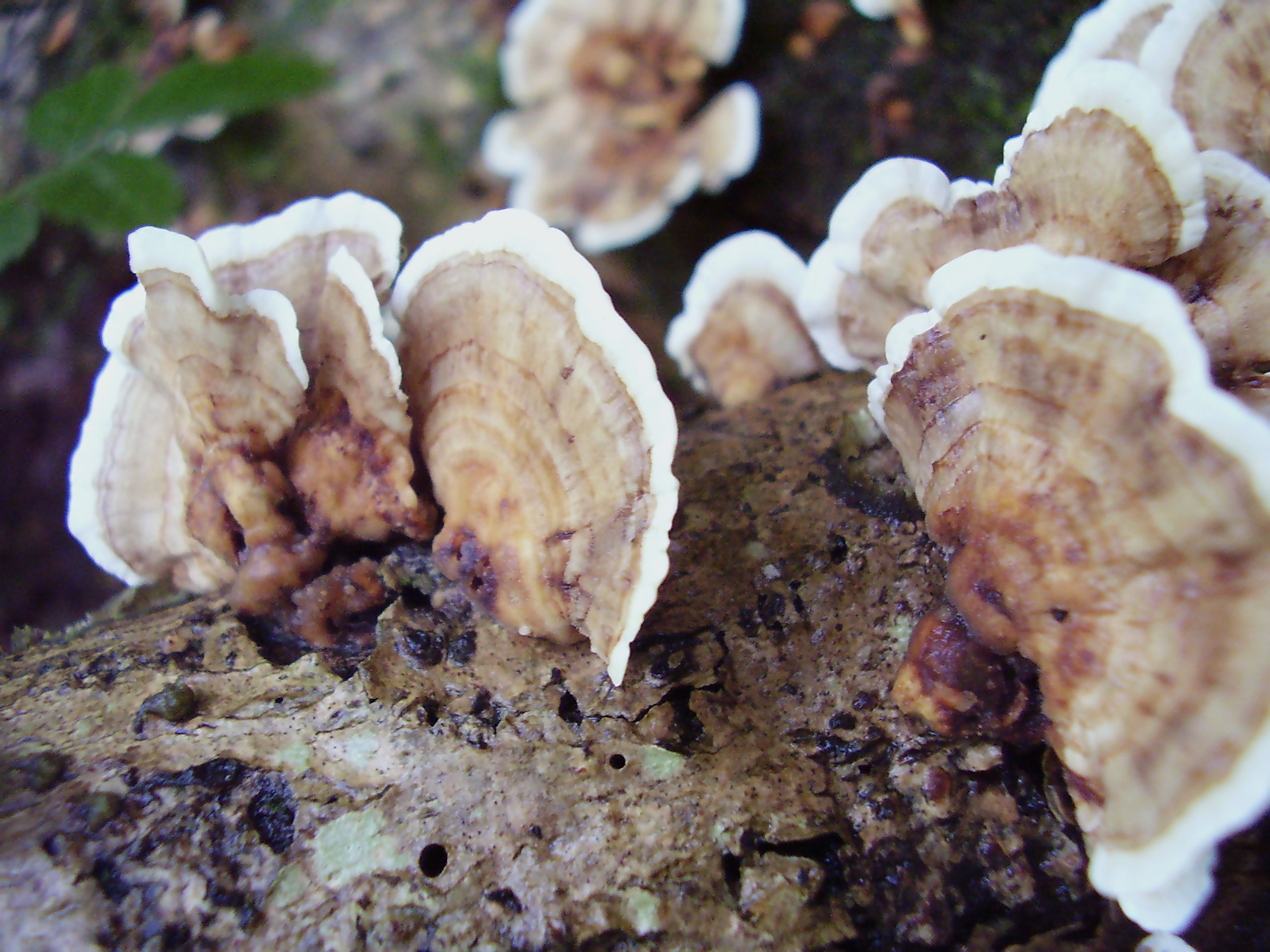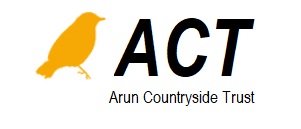
Autumn is finally upon us with the leaves falling like confetti and dull, damp days. A telltale sign of the changing season is the sudden appearance of fungal fruiting bodies of all manner of shapes and sizes from the delicate shining waxcaps to enormous bracket fungi hugging ancient trees. Their forms are truly magical with names that are just as diverse and baffling such as stinkhorns and puffballs, brains and fingers. The function of the fungal fruiting body is to disperse spores in order to colonise new areas.
Many fungi, such as the iconic Fly Agaric, which is red with white spots, have gills that are ‘v’ shaped in section and orientated vertically. The sides of the gill are lined with tiny spores, which are fired, with tremendous acceleration (though covering little distance), into the space between the gills. They can then fall clear of the cap, where the slightest breath of air carries them away. The elongated and narrow form of the Shaggy Inkcap poses a potential problem for this process. However, as is often the way, the process of evolution has produced an ingenious solution – the cap simply melts away allowing the maturing spores behind the melting zone to be released, unhindered, into the air. This common fungus is at its most recognizable when it is dripping black slime from the base of its ever-decreasing form.
A little more dramatic is the release of spores from the puffballs. The spores are contained inside a round and leathery orb with a small hole in the top. The external force applied by a drop of rain or a small animal is enough to release a puff of spores resembling a miniature smoke signal.
Some spores are carried away by water rather than air such as those of the Common Bird’s Nest fungus. Although reasonably common, this fungus is rarely noticed, for it has a tiny (4mm - 8mm) fruiting body (usually growing on twigs) that resembles a miniature bird’s nest. The ‘eggs’ are in fact packed with spores and are dislodged from the ‘nest’ by raindrops.
The Mid Arun Valley with its ancient woodland and hedgerows littered with large, old trees and its field margins and grasslands is likely to have a great diversity of fungi. It is well worth venturing out and opening your eyes to this magical world, and if you do happen upon something unusual, please take a photo and send it to us along with its location.
